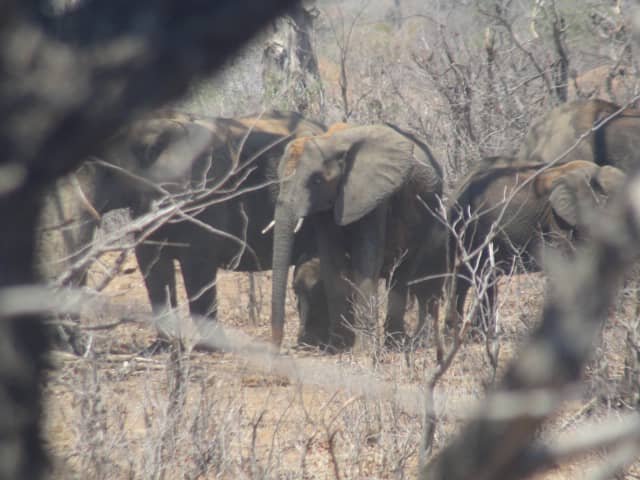|
Getting your Trinity Audio player ready…
|
While humanity is scrambling to prevent the cascading effects of climate change, a new global plan to turn 30% of the earth into environmental sanctuaries by 2030 is not the solution, according to Survival International.
This is because protected areas often come at the expense of the land rights and livelihoods of indigenous peoples, Survival says. It works “in partnership with tribal peoples to campaign, lobby, and protest for their land rights”.
The United Nations Convention on Biological Diversity is an international treaty tasked to do exactly that – protect the planet’s diversity of life.
“The Convention on Biological Diversity (CBD) entered into force on 29 December 1993. It has 3 main objectives: the conservation of biological diversity, sustainable use of the components of biological diversity, and fair and equitable sharing of the benefits arising out of the utilization of genetic resources”, according to its website.
But protected areas are where it all goes pear-shaped, according to Survival. “In many parts of the world, a protected area is where the local people who called the land home for generations are no longer allowed to live or use the natural environment to feed their families, gather medicinal plants or visit their sacred sites.”
The United Nations Environment Programme has itself advocated for indigenous people as the best custodians of biodiverse areas. “Our money- and technology-driven societies have forgotten that nature is essential to our existence. This is why calls to place a healthy natural world at the heart of our economies and societies are growing. But indigenous peoples and local communities, in all their diversity, never forgot this basic principle. Through centuries of direct interaction with nature, they have held on to a belief in the oneness of life. They acknowledge that humanity is a part of nature, not apart from of it or above it”, according to Executive Director Inger Andersen.
But protected areas are not in the best interest of indigenous communities. “Creating protected areas has rarely been done with the consent of indigenous communities or respect for their human rights. There is no sign that it will be any different in the future. More protected areas are likely to result in more militarization and human rights abuses, Survival said.
Source: All Africa
